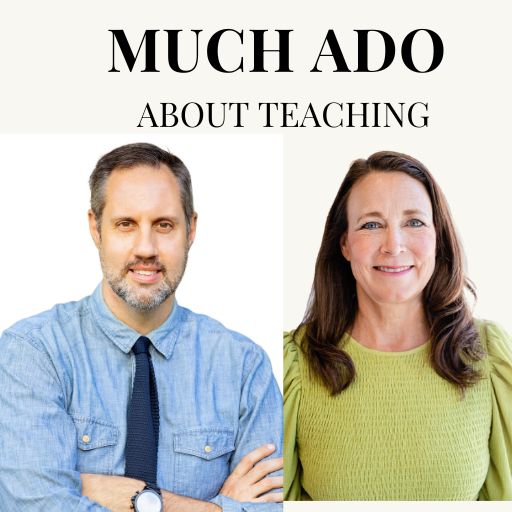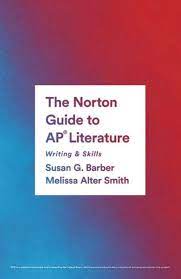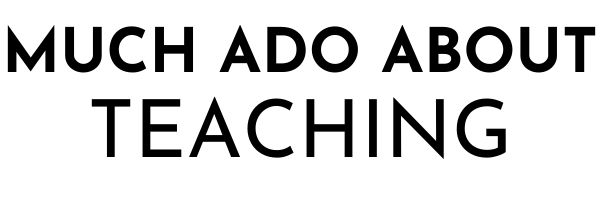If you head to Merriam Webster you will find that an essay is:
an analytic or interpretative literary composition usually dealing with its subject from a limited or personal point of view.
This definition is somewhat near sighted. I stopped at the first one.
If you dig a little deeper, though, you will see that essay has a second definition. It means “an effort” or “an attempt.” If you peer down the rabbit hole and trace the origin of the word, you find that it first appeared in the 14th century in France, where essayer was a verb of action that meant to “try; make an to attempt.”
I believe that this is a teachable moment. Students would benefit from knowing this. In fact, they may even appreciate learning about Michel de Montaigne, who in 1580 published a book of what he called “essais.”
Montaigne wasn’t writing for a grade, nor was he subjecting himself to a rubric. He was writing to try to figure things out. It was his attempt to think through things that interested him. He wrote to explore what was latent in his own mind and his essays were on a whole host of subjects such as fear, liars, the education of children, a defect in government, even cannibals, all as a way to understand them.
This spirit lives on today through blogs and YouTube. One such example is Paul Graham, who is the founder of Y Combinator, a computer scientist, an investor, and he is also an essayist. Graham has advocated that we return essays to their original means of developing a train of thought. For him, “an essay doesn’t begin with a statement, but with a question. In a real essay, you don’t take a position and defend it. You notice a door that’s ajar, and you open it and walk in to see what’s inside.”
For Graham essays are a meaningful exercise because “Expressing ideas helps to form them. Indeed, helps is far too weak a word. Most of what ends up in my essays I only thought of when I sat down to write them. That’s why I write them.”
He believes that “Just as inviting people over forces you to clean up your apartment, writing something that other people will read forces you to think well.”
All too often though, students are not given the chance to start with a question of their own choosing. Nor are they afforded the opportunity to think through an idea and write their way to it. Instead, essays have become a mad dash to meet the requirements of a rubric. Ideas end up shoehorned into a narrow scope, within a confining structure, in a short amount of time.
Despite all this, students still manage to dazzle us. Their wit and insights emerge. They move us, inspire us, and bring us to tears. But they do so in defiance of the way essays are purposed, not because of it.
A BETTER WAY TO APPROACH ESSAYS
How do you change those feelings of despair to ones of hope? How do you encourage students to be original thinkers and break free from conformity?
It helps to trace the origins of the word essay with students back to its roots. This reduces the stress associated with it and gives it a degree of personal empowerment. It is also beneficial to encourage them to see Graham’s analogy that writing is like cleaning up your house for company to come over. You eliminate the clutter, organize and tidy things, and present things in their best light.
In addition to those two small approaches, these three guiding principles can have an enduring impact on how your students see essays and how they write them:
1. Allow students to pick their topic often
I’ve written about how transformative it was for my students to create their own blogs and write freely about their choice-reading books. Since students have spent the better part of their secondary experience being told what to read and what topic to write about, all this freedom is initially paralyzing. But quickly, it not only becomes empowering, it becomes liberating. No longer is the teacher telling them what is important and worth writing about, they are given the intellectual respect of deciding for themselves.
This works just as well for individual assignments. As my students finished the first section of Pride and Prejudice last week, I asked them to choose their own topic based on what they felt was worth writing about. The range and variety of essays were delightful. I didn’t have to read the same general ideas 86 times over. One essay thoughtfully compared Gossip Girl to Pride and Prejudice, another looked at the misogynistic undertones of the first section, while another explored the complexity of family dynamics.
2. Encourage students to see writing as a process, not a one-time thing
This essay has been lingering in my mind for nearly two weeks. I have been trying to think and write my way to a deeper understanding of the purpose of essays. It took hours to write over the course of two days and was read by my first reader, my wife.
It reminds me of something that Hillary Jordan, the author of Mudbound and the daughter of an AP teacher, shared with my students when she came to speak at my school. When a student asked her how long it took her to complete the novel, she replied that it was the result of work over an eight-year period and resulted in 12 drafts. It started off as a short story in an MFA class that slowly turned into a novel. She told the students that the first draft was nearly unrecognizable from the published product. Then she said something that stayed with me:
“I’m a published author and it took me years and many drafts to get it right. I’m surprised that we expect high school students to get it right the first time around.”
Time allows thoughts to develop and mature. Time also opens the door for more feedback along the way, not just at the end. Time can even deepen affection for the process, marrying students to their ideas and the craft of composition.
3. Use mentor texts that defy the five-paragraph model
Blogs and the internet are expanding the scope of what an essay can be and provide a trove of mentor texts which we can bring into the classroom. Students need to see that not everything, in fact most things written, do not follow the five-paragraph structure. At my summer workshops, I always share how I’m enamored with The Nerdwriter’s video essays. Rebekah O’Dell and and Allison Marchetti, who wrote Writing with Mentors, have a free DropBox with a slew of mentor texts. In addition to Graham’s essays, I have brought the works of Zen Habits, Ryan Holiday, James Clear, Clint Smith, and Brene Brown into my classroom to great success.













One comment
Anna
This is a thought-provoking post. Graham said “Expressing ideas helps to form them.” I would add that the inverse is also true: Form helps writers express ideas. This is the case I make for the essay having a meaningful place in ELA classrooms.
I’m a pre-service teacher (graduating this Spring) and just this week, we had a lively discussion in ELA Methods class about whether or not we should be teaching the five-paragraph essay. The arguments against the five-paragraph essay are certainly valid: it’s stale, stifles creativity, students don’t understand the purpose. However, I think that five-paragraph and other forms of essay can still be effectively taught as long as teachers aren’t prescribing arbitrary forms without explaining the form’s purpose. Five-paragraph format is a useful form for many students in understanding how to craft an argument and support their claim with evidence from the text. Form in this case, aids in students’ ability to express themselves, just as “Expressing ideas helps to form them.” Essay-writing is a process and teachers can support students in demystifying that process.
Thanks for your post – it definitely got me thinking!